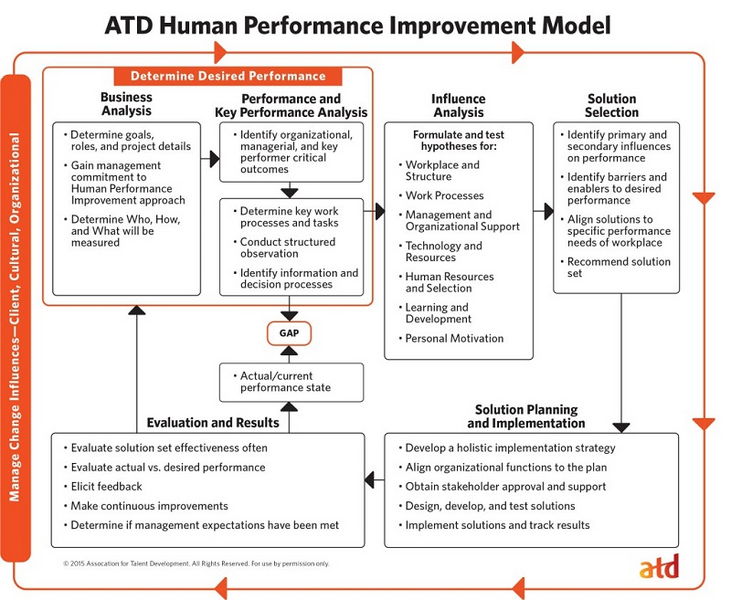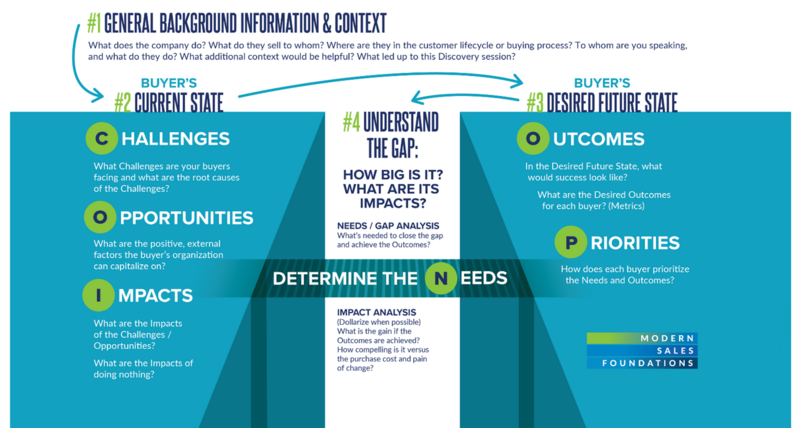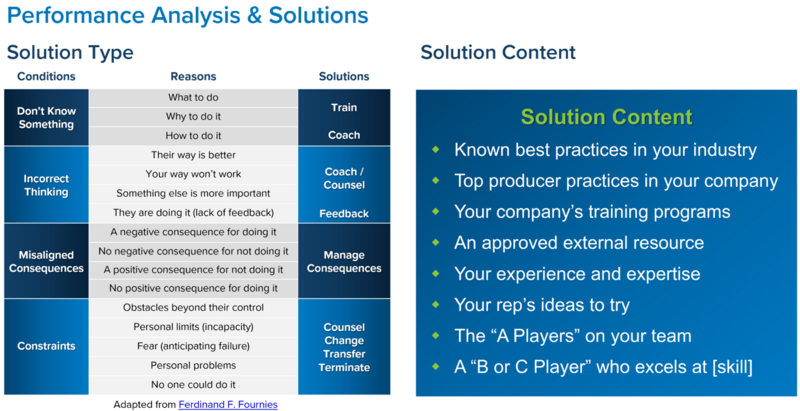ATD Blog
Selecting and Prioritizing Sales Enablement Initiatives for Impact: Part 1
Thu Jul 29 2021

Bookmark
As enablement professionals, if we want to earn the mythical “seat at the table” and deliver real organizational impact, we need to move beyond random acts of enablement and reactive approaches and only providing baseline services. Whatever name we go by, I believe the enablement leaders of the future will operate as performance consultants.
The data is on our side. Multiple research studies show the impressive effect of sales enablement done at the formal maturity level with a charter. Win rates and quota attainment improve. Yet, still many enablement leaders struggle to reach that maturity level and make such an impact.
Why?
Because it’s not always easy. Whether they work as an executive, a senior sales leader, a frontline sales manager, a collaborating function, or another sales support role, the goal is to improve sales performance. However, they don’t usually agree on how to do it or the priority of the initiatives.
In this two-part series, I will share advice about how to select and prioritize sales enablement initiatives to deliver the maximum impact.
Start With Gap and Impact Analyses
“Begin with the end in mind” has always been great advice for sales performance work.
Needs analysis is a concept from instructional systems design. The ADDIE model is an acronym for analyze, design, develop, implement, and evaluate, and the A is a needs or gap analysis (sometimes called a front-end analysis). The concept of considering what is, what should be, and what will be comes straight from the related discipline of performance consulting. These practices serve us well in sales enablement.
Performance Consulting
Performance consulting is a systematic and holistic approach to improve workplace performance and achieve business goals. This approach:
Is grounded in analytics, diagnostics, and root cause analysis
Considers a broad array of organizational and individual factors that influence human performance
Includes selection, design, and development of the most appropriate solution to solve the identified performance problem
Implements those solutions using proven-effective practices
Incorporates change practices, including communication, follow-through, measurement, analysis, evaluation, and adjustment to ensure results
ATD’s human performance improvement model is a great one for performance consulting.
Figure 1: The ATD Human Performance Improvement Model (click here for a larger version)

The Situation Assessment Framework
To conduct gap and needs analyses for sales performance work, I start with a situation assessment. This is a framework we teach in Modern Sales Foundations for discovery, but it has roots in performance consulting and works well for this purpose.
Start by detailing the current state, with challenges, opportunities, and impacts. Then detail the desired future state with outcomes and priorities, as shown in Figure 2. That allows you to diagnose what’s needed to close the gap between the states and determine the effect of resolving the current state impacts and achieving the desired state outcomes.
Figure 2: The Situation Assessment (click here for a larger version)

Avoid the temptation to jump into problem solving in this stage. The closest you should get is detailing the needs, and even those should be factual statements and solution agnostic.
Solution Design
Now it’s time to resolve the challenge or capitalize on the opportunity. In the ATD model above, refer to the stages titled Influence Analysis, Solution Selection, and Solution Planning and Implementation.
This topic could be a book, so for this post, I’ll offer two resources I’ve found useful.
Figure 3: Performance Analysis and Solutions (click here for a larger version)

I adapted the Solution Type chart from Ferdinand F. Fournies’ work on coaching. In addition to training and coaching, it offers insight into other reasons for nonperformance and the appropriate solutions. This Solution Content chart is limited to sources of training and coaching content. It doesn’t address all sources of solutions for other performance issues but should be helpful.
Another resource I’ve used frequently is Mager and Pipe’s Performance Analysis Flow Chart from their book Analyzing Performance Problems, which is also part of The New Mager Six-Pack. You can see a version of the chart here and purchase the latest version and job aids from the Mager Consortium. These resources should get you started down the right path.
The most important thing to take away from these resources is the importance of selecting solutions that will directly resolve the challenge at the root cause level. As one example, nothing is more frustrating or less effective than applying training as the solution to a problem that training will not solve.
Next time, I’ll continue with part 2, which will focus on prioritizing the solutions discussed here.
In the interim:
Watch for the upcoming part 2 in this series.
Join me at the ATD SELL 2021 conference on October 12–13 in Las Vegas. I’ll be speaking on this topic on Tuesday, October 12.
Check out my new book from ATD Press, The Building Blocks of Sales Enablement, on Amazon and ATD (with a member discount). It launches in September but is available for preorder now.
Explore ATD’s certificates or programs related to this topic: Sales Enablement, Improving Human Performance, Master Performance Consultant, Needs Assessment, Consulting Skills, and Change Management.
More from ATD

